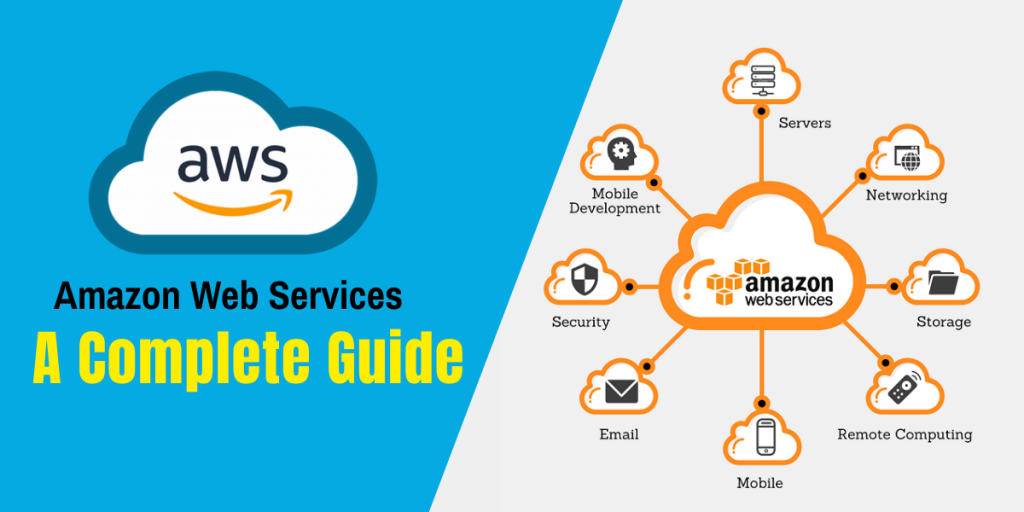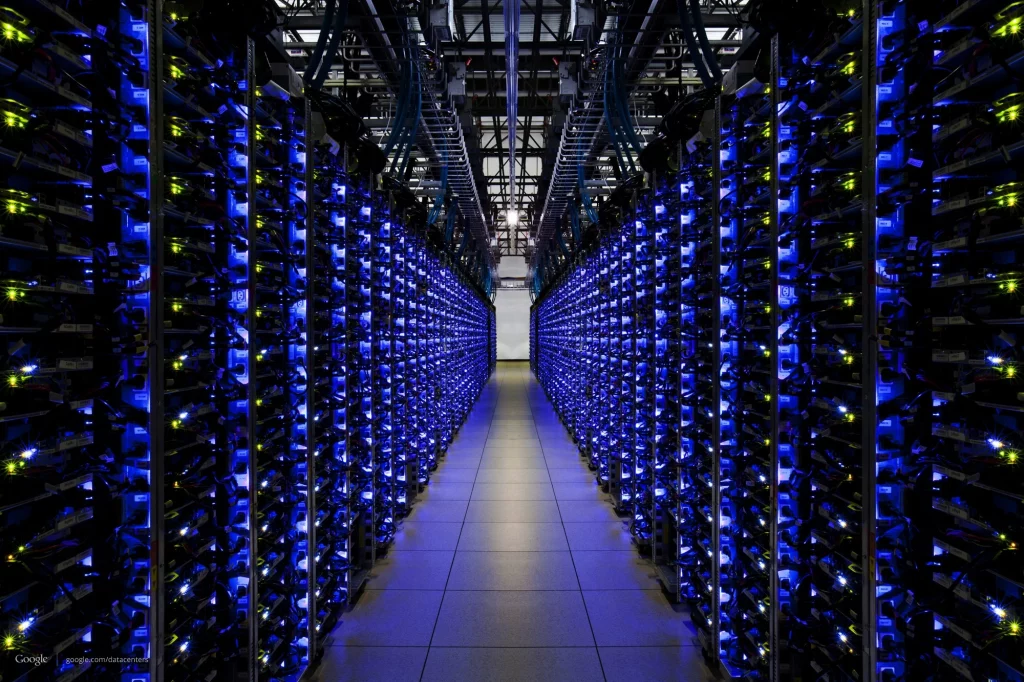Computer systems are vital devices for work, research study, and personal tasks; however technical troubles can disrupt their smooth functioning. Facility concerns like hardware failings, software application malfunctions, or network issues call for specialized knowledge to settle effectively. Certified computer repair experts have the skills and experience to tackle these challenges properly. They ensure your system is diagnosed appropriately, repaired safely, and enhanced for reputable efficiency. Selecting specialist help offers peace of mind, stops more damages, and allows your computer system to operate efficiently for both everyday use and progressed computing demands.
Typical Complicated Technical Problems
Some technical problems need skilled treatment as opposed to fundamental troubleshooting:
– Hard drive or SSD failures triggering data loss
– Os mistakes or corruption
– Software program conflicts or consistent crashes
– Network connection concerns
– Getting too hot or equipment component breakdowns
Advantages of Certified Computer Repair Specialists
Professional computer repair provides numerous benefits for Data Recovery:
– Accurate Medical diagnosis– Specialists identifies the origin of issues to offer accurate services.
– Reputable Repair work– Licensed professionals use risk-free approaches to repair or change harmed parts.
– Time Efficiency– Knowledgeable taking care of lowers downtime contrasted to trial-and-error strategies.
– Data Defense– Essential files are protected throughout repair services to prevent loss.
Services Supplied by Professional Technicians
Qualified computer repair specialists manage a large range of technical jobs:
- Equipment Diagnostics and Repair– Identifies faulty elements and executes substitutes or repair services.
- Software Application Troubleshooting– Deals with operating system errors, software application collisions, and compatibility concerns.
- Virus and Malware Elimination– Eliminates hazardous software application impacting system performance.
- Network Setup– Repairs connection issues, maximizes network rate, and boosts security.
- System Optimization– Boosts total efficiency via updates, cleaning, and setup adjustments.
Tips to Stay Clear Of Complex Technical Issues
Taking safety nets can decrease the demand for comprehensive fixings:
– Regularly update running systems and software program
– Maintain dependable anti-viruses defense
– Avoid overloading systems with unnecessary programs
– Keep hardware clean and aerated to stop getting too hot
– Backup important documents frequently
Certified computer repair specialists play an important role in resolving complicated technical problems successfully and safely. By depending on professional services, you can ensure your computer system operates dependably, your information continues to be secure, and small concerns do not escalate right into significant problems. Expert specialists incorporate expertise, tools, and experience to supply long-lasting services for both hardware and software obstacles. Purchasing licensed computer repair services ensures that your system is taken care of with care, maximized for efficiency, and all set to fulfill the demands of daily usage and progressed tasks.




